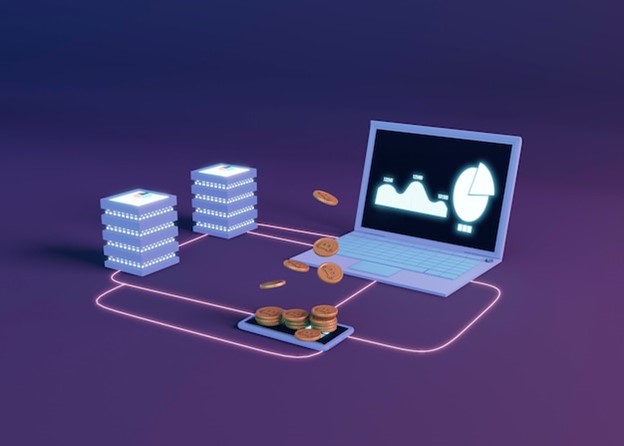Decentralized Finance (DeFi) has emerged as one of the most transformative and rapidly growing sectors within the cryptocurrency industry. Built on the principles of decentralization, transparency, and financial inclusivity, DeFi is reshaping traditional financial systems by offering innovative financial services and applications on blockchain networks. In this article, we will explore the growth of DeFi and its profound impact on the crypto market.
- What is DeFi? DeFi refers to a set of financial applications and protocols built on decentralized networks, primarily blockchain platforms like Ethereum. It aims to eliminate intermediaries and provide open, permissionless, and transparent financial services to anyone with an internet connection. DeFi encompasses a wide range of services, including lending and borrowing platforms, decentralized exchanges (DEXs), liquidity provision, yield farming, asset management, derivatives, and more. These services are executed through smart contracts, which are self-executing agreements with predefined rules written on blockchain networks.
- Rapid Growth and Adoption: The growth of DeFi has been nothing short of extraordinary. In a relatively short period, DeFi protocols have attracted billions of dollars in total value locked (TVL). The TVL refers to the total amount of cryptocurrencies locked within DeFi protocols, which is an indicator of the level of adoption and usage. The growth of DeFi can be attributed to its ability to offer users numerous benefits, including access to financial services without intermediaries, higher returns on investments through yield farming, and the potential for more inclusive and open financial systems.
- Financial Inclusivity: DeFi has the potential to address the issue of financial exclusion by providing financial services to individuals who are underserved or excluded by traditional financial institutions. With DeFi, individuals can access lending and borrowing services, earn interest on their crypto assets, and participate in various investment opportunities without the need for a bank account or credit history. This opens up new possibilities for people in regions with limited access to financial services and those who are unbanked or underbanked.
- Liquidity and Trading Volume: DeFi protocols have introduced liquidity to the crypto market in unprecedented ways. The introduction of decentralized exchanges (DEXs) allows users to trade cryptocurrencies directly from their wallets without relying on centralized exchanges. This not only provides users with more control over their funds but also enhances liquidity in the market. Furthermore, the introduction of decentralized liquidity protocols and automated market makers (AMMs) has revolutionized the concept of providing liquidity, making it more accessible and incentivizing users to participate. The increased liquidity and trading volume have had a positive impact on the overall crypto market, facilitating efficient price discovery and enabling seamless trading experiences.
- Yield Farming and Staking: DeFi has introduced novel concepts like yield farming and staking, which offer users the opportunity to earn passive income on their crypto assets. Yield farming involves lending or providing liquidity to DeFi protocols in exchange for rewards in the form of additional tokens. Staking, on the other hand, involves locking up crypto assets to support the network’s operations and earn rewards. These mechanisms provide incentives for users to participate actively in DeFi protocols, contributing to the growth and sustainability of the ecosystem.
- Challenges and Risks: While the growth of DeFi has been remarkable, it is important to acknowledge the challenges and risks associated with this emerging sector. DeFi protocols are built on complex smart contracts, which can be vulnerable to bugs and security breaches. Moreover, the nascent nature of DeFi and the absence of regulatory frameworks create risks such as potential scams, market manipulation, and unsustainable projects. It is crucial for participants in the DeFi space to conduct thorough research, exercise caution, and understand the risks associated with the protocols they engage with.
In conclusion, the growth of DeFi has had a profound impact on the crypto market by introducing decentralized and inclusive financial services. Through innovative applications and protocols, DeFi has increased liquidity, facilitated trading, provided opportunities for passive income generation, and addressed financial exclusion. While challenges and risks exist, the continued development of DeFi protocols and the increasing adoption by users demonstrate its potential to reshape traditional finance and unlock new possibilities for individuals around the world. As DeFi continues to evolve, its impact on the crypto market and the global financial landscape is likely to grow further, ushering in a new era of decentralized and accessible finance.










